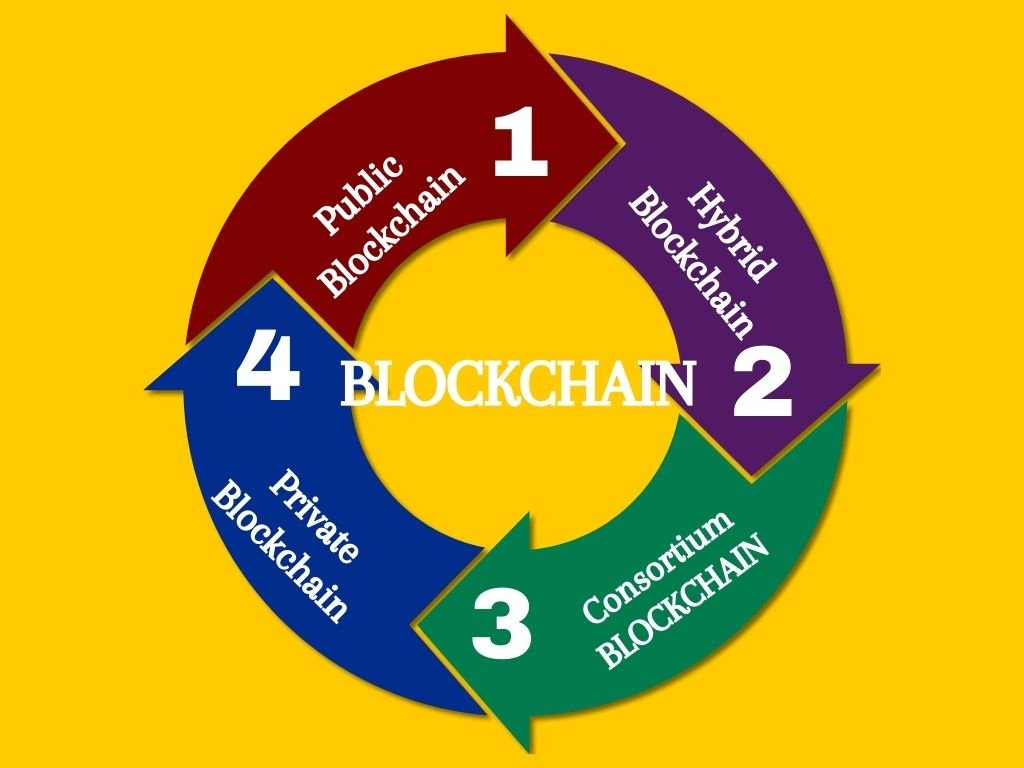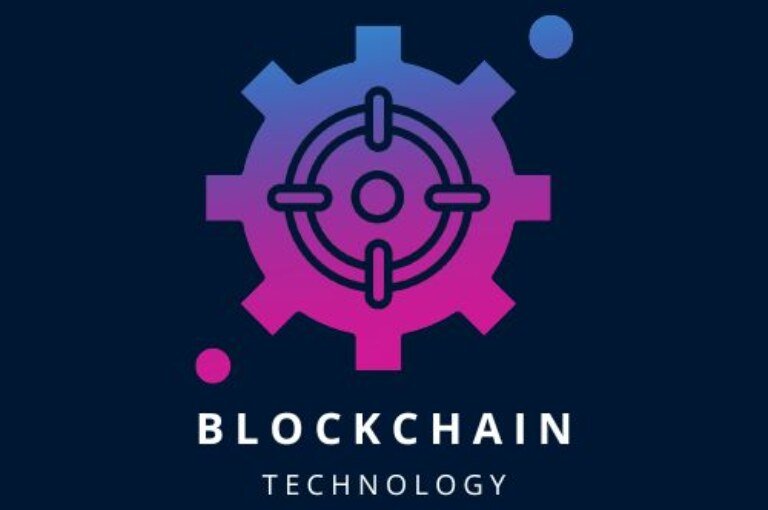In the vast world of emerging technologies, blockchain stands out as one that promises a decentralized, transparent, and immutable future. Lauded for its security and efficiency, blockchain is reshaping industries, from finance to healthcare, entertainment to supply chain management. In this blog post, we’ll dive deep into the potential of blockchain technology, exploring its inherent strengths and future applications.
Before we embark on our exploration, it’s crucial to understand what blockchain is. At its core, a blockchain is a distributed ledger or database. Instead of relying on a single central authority to maintain and verify transactions, blockchain operates on a network of computers (nodes). Each transaction added to this ledger is grouped with others in a ‘block’. Once a block is filled with transactions, it’s cryptographically sealed and linked to the previous block, forming a chain.
The decentralized nature of this system ensures:
- Transparency: All transactions are visible to anyone within the network.
- Immutability: Once a transaction is added, it cannot be changed without altering all subsequent blocks, which requires the consensus of the majority of the network – making it virtually tamper-proof.
- Security: The decentralized model reduces the risk of single-point failures or attacks

Origin of Blockchain
Blockchain technology first came into the limelight with the advent of Bitcoin, a digital currency introduced in a 2008 white paper by an anonymous person or group of people using the pseudonym Satoshi Nakamoto. Bitcoin offered a decentralized way of recording transactions on a public ledger, maintained by a network of nodes (computers), thus eliminating the need for a centralized authority like a bank.
How Does It Work?
Nodes and Consensus Mechanism
Blockchain works through a network of nodes. When a transaction occurs, it is first broadcast to the network and placed in a pool of unconfirmed transactions. Miners or validators then select transactions from this pool and attempt to confirm them by solving complex mathematical problems. Once a problem is solved, the solution is broadcast to the network for verification. This agreement process is known as “consensus.”
Adding a Block
Upon reaching consensus, the transactions are packaged into a block and added to the chain. Each block contains a cryptographic hash of the previous block, linking them in a manner that makes altering past transactions computationally impractical.
What are the 4 types of blockchain?
Blockchain technology has evolved to cater to a variety of use-cases beyond its initial application of underpinning cryptocurrencies like Bitcoin. While all blockchains share core features like decentralization, transparency, and security, different types have emerged to address specific needs. Here are the four primary types of blockchain:
1. Public Blockchain
Characteristics:
- Open to All: Anyone can join the network, validate transactions, or create new blocks.
- Decentralized: No single entity has control over the entire blockchain.
- Transparency: All transactions are publicly recorded on the blockchain.
Examples:
- Bitcoin
- Ethereum
Use-Cases:
- Cryptocurrencies
- Decentralized Applications (DApps)

2. Private Blockchain
Characteristics:
- Restricted Access: Only authorized participants can join the network.
- Centralized Control: A single organization or a consortium usually governs the network.
- Privacy: Transactions are only visible to participants in the network.
Examples:
- Hyperledger
- Corda
Use-Cases:
- Business-to-Business (B2B) Transactions
- Internal Record-Keeping for Large Enterprises
3. Consortium (or Federated) Blockchain
Characteristics:
- Limited Public Access: The network is run by a group of pre-selected nodes or organizations.
- Shared Control: Multiple organizations manage the blockchain.
- Regulated Transparency: The level of transparency varies based on the agreed-upon rules of the consortium.
Examples:
- R3
- Quorum
Use-Cases:
- Supply Chain Management
- Interbank Transactions
4. Hybrid Blockchain
Characteristics:
- Selective Transparency: Allows users to control who can see their transactions.
- Flexible Control: Could be controlled by a single entity or multiple nodes, depending on the configuration.
- Combines Features: Integrates aspects of both public and private blockchains.
Examples:
- Dragonchain
- XinFin
Use-Cases:
- Regulatory Compliance
- Identity Verification
Potential Applications of Blockchain
Blockchain’s most famous application, Bitcoin, heralded a new age in digital currency. But beyond cryptocurrencies, blockchain’s transparent and immutable nature can revolutionize traditional banking systems:
- Cross-border Transactions: Blockchain can simplify and expedite international transactions, minimizing fees and eliminating intermediaries.
- Fraud Prevention: By using a decentralized system, blockchain reduces the vulnerabilities associated with centralized databases.
- Smart Contracts: These are self-executing contracts where the terms are written into code. They automatically trigger actions when predefined conditions are met, reducing the need for intermediaries and the potential for human error.
2. Supply Chain Management:
- Provenance Tracking: Blockchain can trace the origin and journey of products, from farm to table or manufacturer to end-user, increasing transparency and accountability.
- Authentication and Counterfeit Prevention: Especially crucial in industries like luxury goods or pharmaceuticals.
3. Healthcare:
- Patient Data Management: A decentralized system can store patient data securely, ensuring data integrity while allowing patients to control who accesses their information.
- Drug Traceability: From production to consumption, blockchain ensures that drugs are genuine and have passed through the right channels
4.Real Estate:
- Streamlined Transactions: Removing the need for intermediaries like brokers, banks, or title companies.
- Transparent Property History: A property’s entire history, including previous owners, renovations, and issues, can be stored on a blockchain.
5. Voting:
- Secure and Transparent Elections: Blockchain can provide a transparent system where votes are recorded openly and immutably, reducing the chances of election fraud.
6. Entertainment:
- Digital Rights Management: Artists can use blockchain to track where and how their content is being used, ensuring they’re compensated fairly.
- Decentralized Streaming Platforms: These platforms can offer direct artist-to-listener experiences, minimizing the role of intermediaries
Challenges Ahead
Like any technology, blockchain isn’t without its challenges:
- Scalability: As the number of transactions increases, the size of the blockchain grows, potentially slowing down transaction times.
- Interoperability: Different blockchains need to communicate seamlessly for wider adoption.
- Energy Consumption: Blockchain networks, especially proof-of-work systems like Bitcoin, can consume vast amounts of energy.
- Regulation: The decentralized nature of blockchain clashes with traditional centralized regulatory frameworks.
Conclusion
The potential of blockchain is undeniable. Its ability to bring transparency, security, and efficiency across various sectors holds promise for a more decentralized and accountable global system. However, realizing its full potential requires addressing the challenges it faces. The journey of blockchain has just begun, and it’s thrilling to envision the myriad ways it will shape our future.



Leave a comment